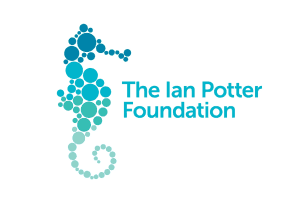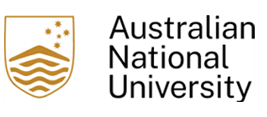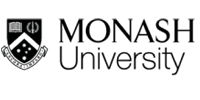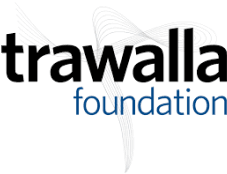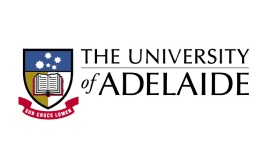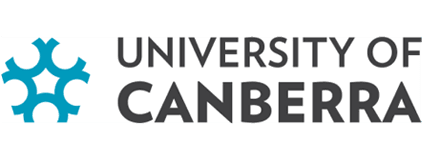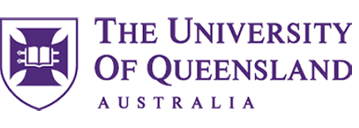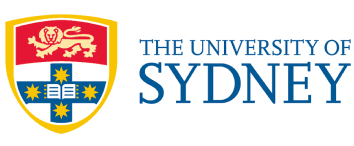Frequently asked questions
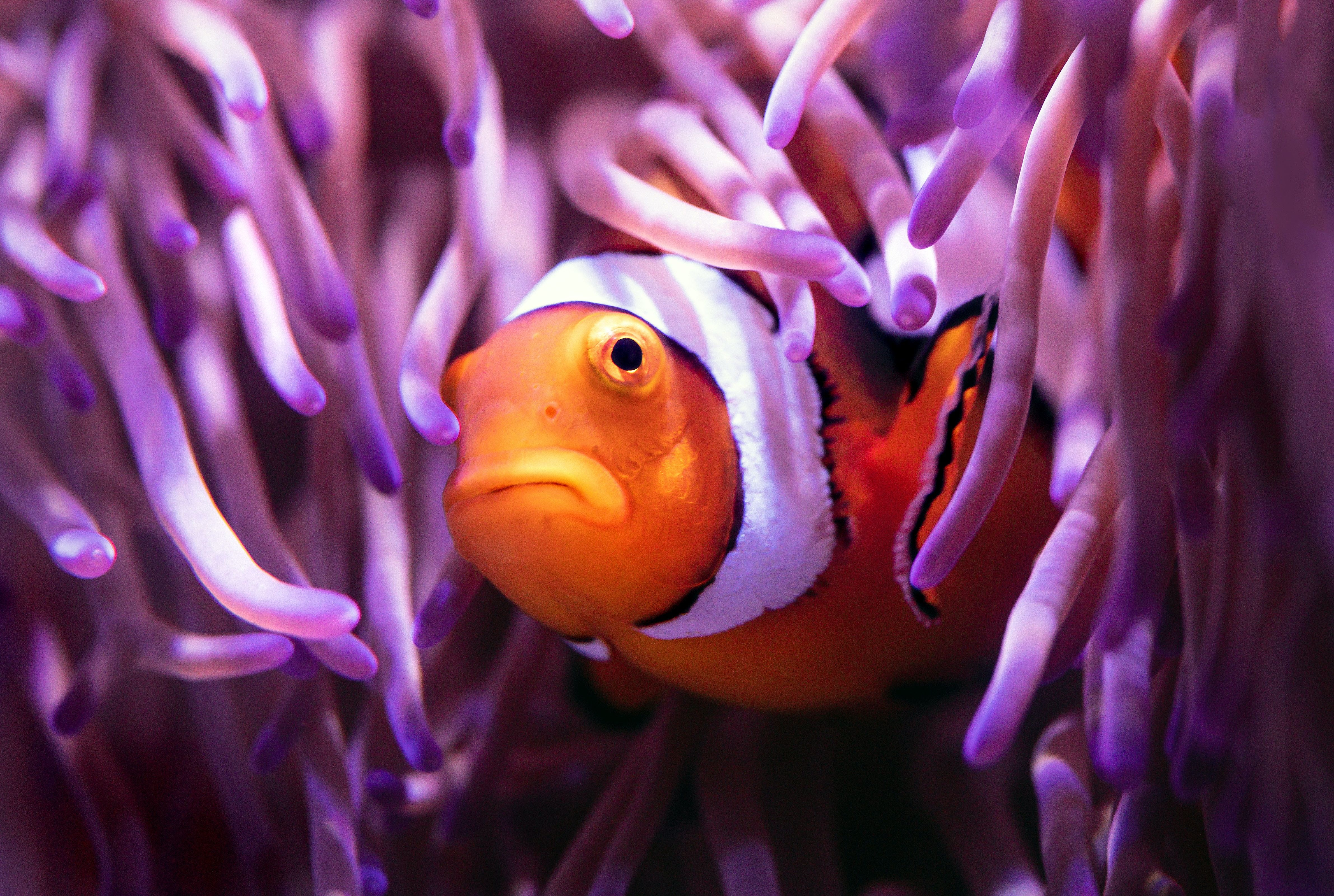
FAQs
What is biodiversity?
Biodiversity is the diversity within species, between species and of ecosystems. It is declining faster than at any time in human history.
It includes all the different living things that make up our natural world, including all kinds of animals, plants, fungi and even microorganisms like bacteria. These species work together in ecosystems, like an intricate web, to maintain balance and support life.
Biodiversity supports everything in nature that we need to survive: food, clean water, medicine, and shelter.
Why does biodiversity loss matter?
Both climate change and biodiversity loss threaten human lives and livelihoods. Biodiversity underpins all aspects of our lives. In addition to their aesthetic, spiritual, and cultural values, animals pollinate 90% of crops; 70% of medicines are derived from animals and plants; natural ecosystems remain the only viable large-scale carbon sink; and plants and animals clean our air and water and break down wastes.
Roughly half of Australia's Gross Domestic Product (49% or $896 billion) has a moderate to very high direct dependence on nature. The World Economic Forum has identified biodiversity loss and ecosystem collapse as the fastest accelerating risks to the global economy and among the top 10 risks for the next decade.
Australia's biodiversity declines are increasingly rapid and potentially irreversible. They will have far-reaching consequences for the economy, human health and well-being, food systems and culture, in addition to diminishing nature itself.
These declines also pose an existential risk to Australia's First Peoples who represent one of the oldest living cultures on Earth—and whose cultures were founded on reciprocal relationships with Country, including the very species and ecosystems which are being destroyed.
How do we know there is a biodiversity crisis?
Since European colonisation, Australian biodiversity has experienced large and rapid declines.
More than one hundred Australian species (and subspecies) have been formally recognised as extinct, including 1 in 10 of the mammals that were present at the time of European arrival. The extinction rate has not lessened with time. Twenty-two freshwater fish species are at high risk of extinction within the next 20 years.
More than two thousand species (and subspecies) are nationally listed as threatened with extinction and hundreds more at State and Territory levels. Many once widespread species that are important ecosystem engineers, such as digging mammals, now persist only in small fragments of former natural ranges. The number of species becoming threatened with extinction is increasing. In 2023, 144 new species were added to the national threatened species list - five times more than the yearly average.
Most ecosystems are in decline and population sizes of threatened species are rapidly falling. For example, threatened bird populations have declined to half (47%), and threatened plants to almost one quarter (73%) of their 1995 sizes, on average. Catastrophic events which kill very large numbers of native animals are becoming more common, for example billions of animals were killed in the Black Summer fires, there have been four mass coral bleaching events on the Great Barrier Reef in the past seven years, multiple major fish kills in the Murray-Darling Basin, and deaths of large numbers of flying foxes and cockatoos in very hot weather.
How can I help stop biodiversity loss?
There are a wide range of things that every person can do to help support nature in Australia, including many that are very easy. Most of these actions can also provide benefits to you. For example planting more trees and shrubs around your home provides habitat for native animals and also cools keeps your home much cooler in hot weather, switching off unnecessary outdoor lighting will reduce light pollution impacts on wildlife and will also save you electricity, and keeping your cat indoors will save wildlife and help you avoid expensive vet bills.
You can also help us to make a difference for nature in Australia by getting involved with the Biodiversity Council.
What's causing nature loss in Australia?
Since European arrival, the biggest drivers of declines in native plants, animals and ecosystems have been:
- habitat being destroyed and broken up (fragmented) due to land clearing for agriculture and urbanisation
- the introduction of invasive plants, animals, and diseases. This includes pest animals like rabbits and cane toads, weeds like lantana and buffel grass, and diseases like myrtle rust.
- the disruption of First Peoples practices in caring for Country, including fire management, and
- modifying our rivers and wetlands, by taking out water and changing when it flows, damaging freshwater habitat and blocking the movement of animals like fish.
These impacts are now being exacerbated by climate change.
There are also many other drivers of nature loss impacting specific regions or species groups. This includes things like pollution (chemicals, sediments, plastics, light and sound), animals being caught as by-catch and overabundant native species.
Legislation, policies and planning processes are enabling ongoing biodiversity losses.
Is the Biodiversity Council part of the government?
No. The Biodiversity Council is an independent not-for profit group established by 11 Australian universities with additional funding support from philanthropic donors. Our independence is important to allow us to honestly critique government decisions and programs related to biodiversity, and to be able to freely provide accurate information to the Australian community without it being filtered or reframed for political objectives. Maintaining independence from governments is why none of our councillors work for Australian, state, territory or local governments, even though there are many skilled environmental experts within government agencies.
How are First Peoples involved in the Biodiversity Council?
Australia is entering an ambitious period of environmental policy reform with major implications for biodiversity and for Aboriginal and Torres Strait Islander peoples. First Peoples manage around half of Australia’s land area and First Peoples involvement, perspectives and knowledge will be vital to caring for nature across Australia and to fixing Australia’s broken environmental laws and policies.
First Peoples expertise and perspectives are fundamental to the council and our work. We have First Peoples representation at all levels of decision making in the council. Ten of our councillors are First Peoples.
The Biodiversity Council provides a platform for a range of First People’s voices. Working directly with the council as whole, our First Peoples members are able to ensure that all of the council’s positions are based on Traditional Ecological Knowledge and the best available Western Science. Together, these knowledge systems provide the most effective solutions for Caring for Country.
Why should I make a donation to the Biodiversity Council
Australia is facing a nature loss crisis which will have widespread ramifications for our environment, farming, economy, culture and human health. Business and policy as usual are allowing rapid biodiversity loss declines to continue. The Biodiversity Council brings together leading Australian experts to promote evidence-based solutions to halt and reverse biodiversity loss. This includes advocating for changes to laws, government policies, programs and investments, engaging the community in actions that they can take to make a difference, and working with business and industries to innovate for better biodiversity outcomes. The vast majority of our experts are volunteers, donating their time to improve outcomes for biodiversity in Australia. The funding provided by our donors allows a small team of communication and policy experts to amplify the impact of these experts.


